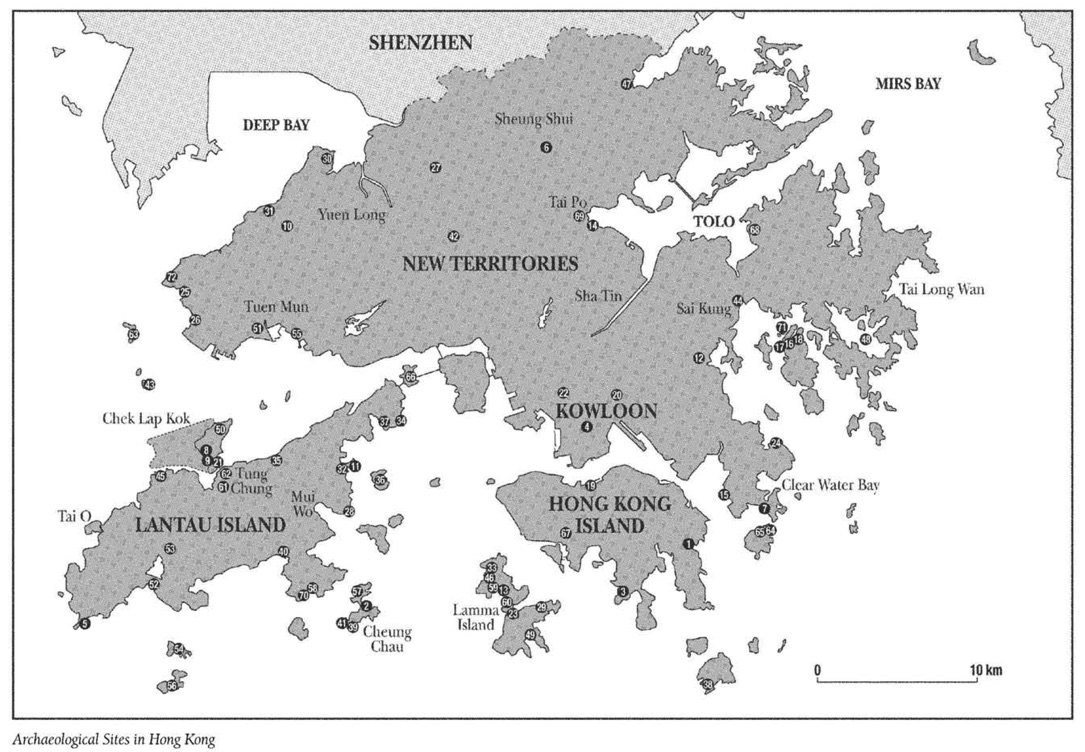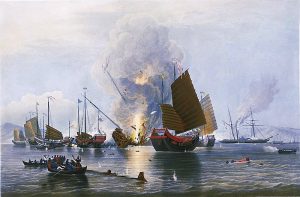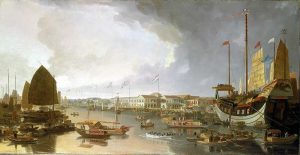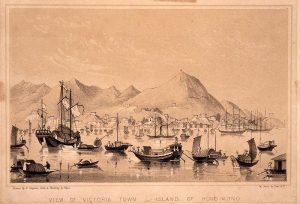Week 1: Orientation
I. Why History?
- History as the past
- History as a way of thinking
- The “life-cycle” of thinking with History
- Texts/Contexts
- Claims/Arguments/Narratives
- Questions/Problems (how/why)
- Data/Sources
- Analysis/Interpretation
- New claims/arguments/narratives
- New questions/problems
- History in the Age of the Anthropocene
I. Why Hong Kong?
- Claims to uniqueness
- Claims to commonality/generality
- Sources of questions
IV. By the end of the course, students should be able to . . .
- offer historically-informed analyses on the changes, continuities, and challenges Hong Kong society has encountered since the mid-nineteenth century;
- work with confidence with a range of primary historical sources;
- elevate their abilities to evaluate the strengths and weaknesses of historical claims;
- articulate how the transformations of Hong Kong should/could be understood in world-historical contexts.
V. Course Structure
V. Approaches to Hong Kong History
VI. The Settings
- Periodization
- Geography—80 miles from Canton (Guangzhou), Hong Kong Island (~30 sq mi), Kowloon Peninsula (1860; ~ 8 sq mi), New Territories (1898, ~365 sq mi) . . . cf. Greater Vancouver (~1,100 sq mi)
- Population (“guesstimates”)— 7,450 (1841) . . . 24,000 (1848) . . . 123,511 (1862) . . . 221,441 (1891) . . . 283,978 (1901) . . . 7,536,000 (2023)
- GDP/capita (2023): USD 50,696.59 (Canada: 53,371.70)
VII. Fragments of Imagination
- Visual
- Archaeological
- Textual
- Check out some of these resources:
- Why are you interested in taking a course on Hong Kong?
- Fill in the blank: "The Story of Hong Kong: . . . ."
External Links to Maps:
Early Maps | Hong Kong(1860)

External Links to Images:
John Thomson
Top




